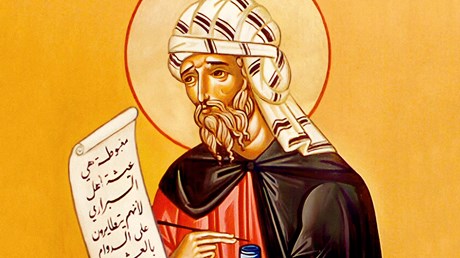Three historic Arab theologians show how to explain the Trinity to Muslims and remind modern Christians not to jump straight from Augustine to Reformation Europe.

When did Arabs become Christians?
When I visit the United States and introduce myself as a seminary professor, I am often asked, very politely, about the circumstances of my conversion from Islam. As an Arab, they assume I must also be a Muslim.
I answer politely, but poignantly, that I have been a Christian since the day of Pentecost.
The Book of Acts details how Arabs were present to receive the Holy Spirit, along with several other ethnicities. Upon leaving Jerusalem, they went back to their various homelands and preached the gospel.
And though the armies of Islam conquered the modern Middle East in the 7th century A.D., Christians continued to occupy prominent positions in Muslim society—notwithstanding periods of severe persecution.
At the dawn of Islam, Arab Christians were divided into three separate families of faith, based on different understandings of the nature of Jesus:
- Chalcedonian Christians believed that Christ’s one person united his two natures: divine and human. These were derogatorily called “Melkites”—derived from the Arabic word for “king”—due to their favor from the Byzantine emperor.
- The Eastern Orthodox churches, including Egypt’s Copts and Christians in the west of Syria, were non-Chalcedonian. Derogatorily called “Jacobites” after their eponymous founding monk, Jacob Baradaeus (d. 578), their theology esteemed Jesus as both human and divine but united in one nature, not two.
- Eastern Syrians were also non-Chalcedonian, but denied the term Theotokos, rejecting Mary’s appellation as the “Mother of God.” Their name of insult was “Nestorian.”
In modern times, each of these churches has engaged in substantial interchurch ...
from Christianity Today Magazine
Umn ministry


.gif)

.gif)
.gif)
